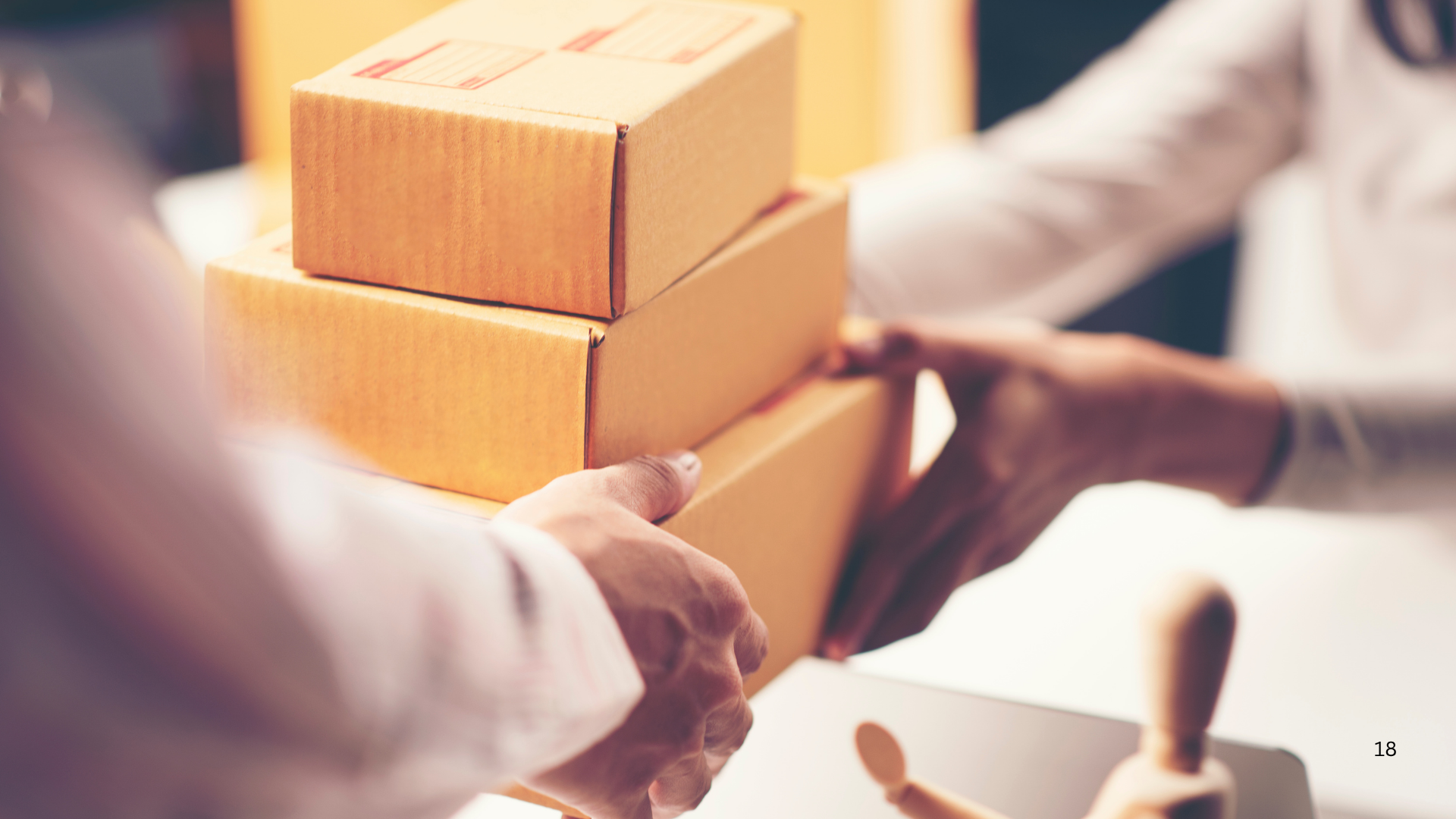In logistics, every step of the supply chain is important, but the one that matters most to customers is the last-mile delivery—the final journey of a package from a local hub or warehouse to the customer’s doorstep.
It may sound simple, but this stage is often the most expensive, complex, and customer-sensitive part of logistics. In this blog, we’ll break down what last-mile delivery is, why it’s so critical, the challenges it faces, and how companies are solving them.
1. What is Last-Mile Delivery?
Last-mile delivery refers to the final leg of the logistics process, where goods move from a distribution center (or local hub) to the end consumer.
Example: When you order food on an app, the delivery from the restaurant to your house is last-mile delivery. When you order clothes online, the shipment from the local courier hub to your doorstep is last-mile delivery.
2. Why It’s So Important
- Customer Experience → Customers don’t see the factory, warehouse, or freight. They only see the delivery. A late or damaged package can ruin the entire buying experience.
- Speed of Delivery → Fast last-mile delivery has become a selling point for companies like Amazon and Noon. Same-day or next-day shipping depends on efficient last-mile execution.
- Brand Loyalty → A smooth last-mile experience builds trust and encourages repeat purchases.
3. Challenges of Last-Mile Delivery
Last-mile delivery sounds easy but is often the hardest and costliest part of logistics. Here’s why:
- High Costs: Last-mile delivery can account for up to 53% of total logistics costs because of fuel, labor, and time.
- Traffic Congestion: Urban areas face traffic jams that delay deliveries.
- Failed Deliveries: Customers may not be home, leading to re-delivery attempts that add costs.
- Rising Expectations: Customers now want real-time tracking, flexible delivery slots, and free shipping—all of which increase pressure on logistics companies.
4. Solutions to Last-Mile Challenges
To meet customer expectations and reduce costs, companies are investing in innovative solutions:
a) Route Optimization Software
AI and GPS-powered systems calculate the fastest and most fuel-efficient routes, saving both time and money.
b) Micro-Fulfillment Centers
Companies place small warehouses closer to customers in cities. This reduces delivery times and supports same-day delivery.
c) Real-Time Tracking
Customers can now track their orders live, which increases transparency and reduces anxiety about deliveries.
d) Alternative Delivery Options
- Locker systems where customers can pick up their parcels anytime.
- Partnering with local stores as delivery points.
e) Electric Vehicles & Drones
Eco-friendly electric vans, bikes, and even delivery drones are becoming popular for reducing both emissions and delivery time.
5. Case Study: Amazon Prime & Last-Mile Successoosting Snacks to Beat Afternoon Slumps
Amazon revolutionized e-commerce by mastering last-mile delivery. With its network of fulfillment centers, local hubs, and technologies like Amazon Flex (gig drivers) and Prime Now (1–2 hour delivery), the company turned last-mile speed into a competitive advantage.
Other companies now follow similar models, showing how crucial last-mile strategy is for growth.
The Future of Last-Mile Delivery
As e-commerce continues to expand, last-mile delivery will keep evolving. We’ll see more:
- Autonomous delivery vehicles.
- Drone-based deliveries for small parcels.
- AI-driven predictive logistics to deliver before customers even realize they need a product.
Conclusion
Last-mile delivery is where the logistics chain meets the customer. It’s not just about moving goods—it’s about creating satisfaction, loyalty, and trust. Companies that invest in innovative last-mile solutions will not only reduce costs but also win in the competitive world of e-commerce and logistics.



